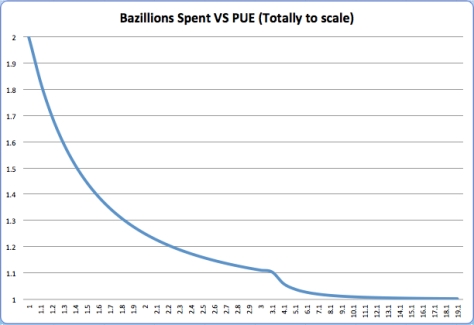So I know a few people are still following my blog. I haven’t posted much since I joined AWS as they have some more restrictive policies about contributing to blogs, but I did want to take another moment to acknowledge Earth Day.
Despite what many might feel as some new policy shifts that will be damaging to our environment, I still believe there room to celebrate. Renewable technologies keep growing and developing, creating many great blue collar jobs as well as helping to solve our energy problems. Every year, the technologies which might enable a 100% renewable future get stronger and that possibility becomes more likely. Although some scary points have been crossed with regard to CO2 and other scary indicators, developing and exploding countries are planning for and pursuing renewable futures. China and India are great examples in that although for sure they are still getting a lot of power from fossil fuels, they are looking to the future and very real problems about our carbon powered existing are literally in their face every day. They understand action must be taken and they are working towards the future.
While US nuclear power has hit major setbacks (Fukushima disaster has certainly pushed public opinion against it, and the bankruptcy of Westinghouse / Toshiba will have significant implications), it’s use continues to expand in China as a bridge to a fully renewable future. Research into increasingly safe, stable, affordable and appropriate sized reactor designs continues, and in perhaps in another 15 years a cost feasible path forward for nuclear in the US might exist.
Solar costs are continuing to fall (becoming attractive even in the absence of subsidy), and growth of capacity in wind continues. Countries that are 100% renewable do rely on hydroelectric or hydrothermal power, but many others are addressing a considerable portion of their energy needs through solar and wind power, while tidal sources are being developed further.
Storage solutions are improving which some day may facilitate intermittent sources like wind and solar to power our constant energy demands. The most ambitious of business magnates are even thinking about how to colonize other planets.
So once again, there are many reasons to celebrate again this Earth Day.


